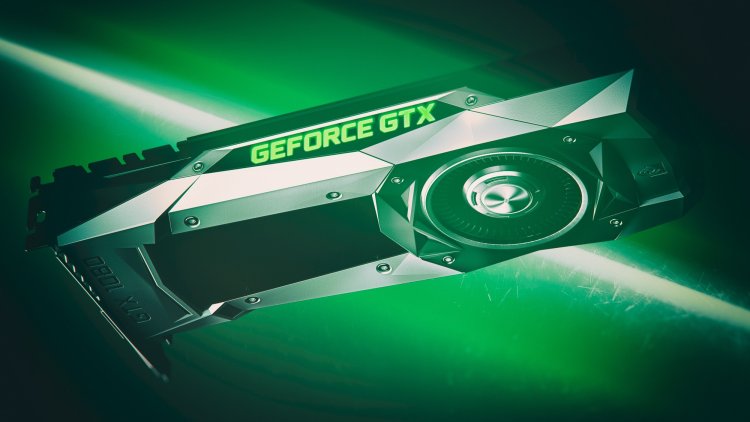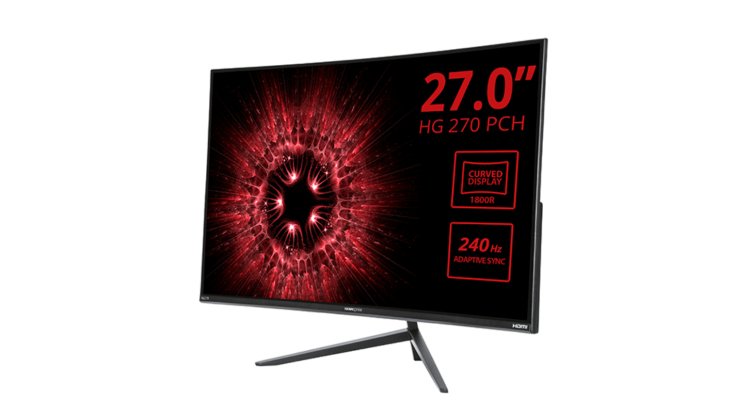The GeForce GTX 1630: Goes for the low range

NVIDIA is developing a new graphics card, the GeForce GTX 1630, that will be aimed at the low end and will use the Turing architecture, but without any specialized hardware, such as Tensor cores or RT cores. This is significant since it means it will be unable to speed up hardware ray tracing and will not enable DLSS technology.
In its 150 editions, the GeForce GTX 1630 will use a TU117 GPU, implying that we are dealing with a reduced version of the GPU that is used in the GeForce GTX 1650. (TU117-300). It is not surprising because, in the end, the first will be one step lower than the second, and, as we previously stated, it will position itself directly in the low range.
We don't believe the GeForce GTX 1630 will have a reference design like the GeForce GTX 1650 did at the time. This graphics card will be left in the hands of the assemblers, who will be responsible for launching the models they deem appropriate. However, taking into account the target audience, it is evident that they should prioritize cost.
Possible specifications:
- Graphic core TU117-150 at 12 nm.
- 512 shaders at a frequency of up to 1,800 MHz (turbo mode).
- 8 SM units.
- 32 units of textured.
- 24 units of the raster.
- Bus of 64 bits.
- 4 GB of GDDR6 memory at 12 GHz (bandwidth of 96 GB/s).
- 75 watt TGP. You will not need an additional power connector, and a basic power supply will suffice to move it without problems.
As long as the final pricing is reasonable, the GeForce GTX 1630 might be an interesting graphics option. Looking at its characteristics and comparing them to those of the GeForce GTX 1650, We can tell you that the first one will be at least 20% to 30% slower than the second one. Overall, the GeForce GTX 1630's turbo mode is more aggressive than the GeForce GTX 1650s, therefore the performance difference between the two may be closer to 20%.
It's encouraging that NVIDIA and AMD are still releasing low-end graphics cards, but only when they're fairly priced; otherwise, they lose all relevance. The Radeon RX 6400, for example, is not a poor buy for less than 160 dollars, but it is when marketed for more than 200 dollars. The same may be said for the GeForce GTX 1630.
NVIDIA has not confirmed anything yet, however, the GeForce GTX 1630 is expected to hit the market on May 31. If you're asking if it's enough to play in 1080p, the answer is "yes," but at a significant loss of graphic quality in the most demanding games.






























